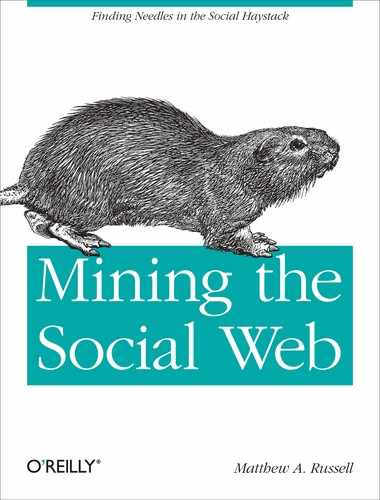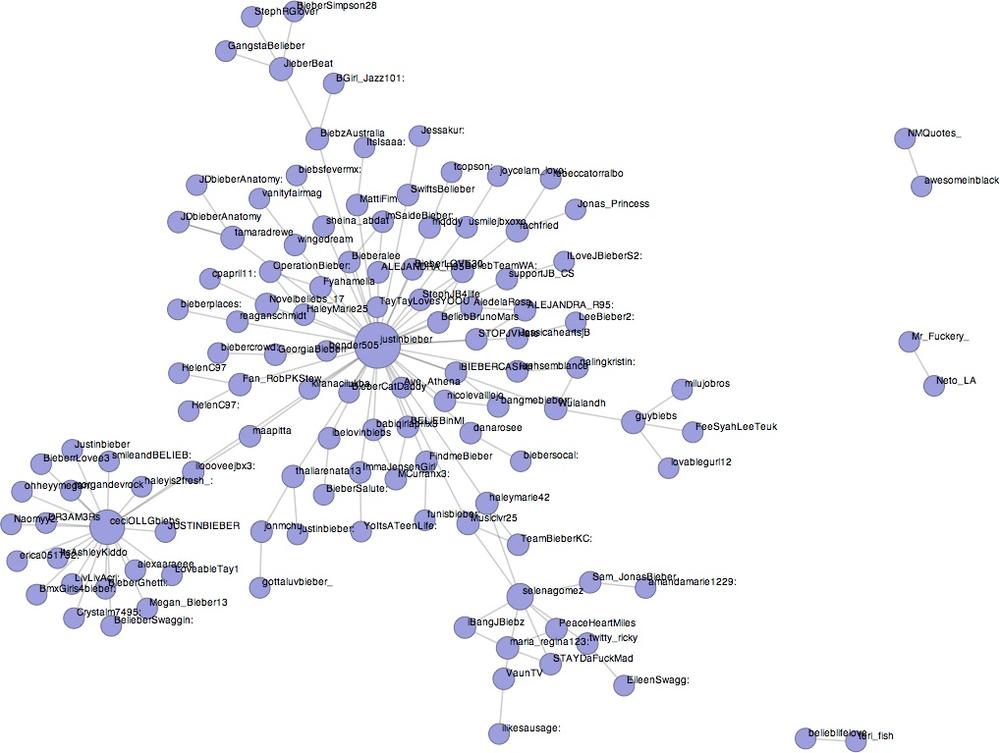This chapter got you up and running, and illustrated how easy it is
to use Python’s interactive interpreter to explore and visualize Twitter
data. Before you move on to other chapters, it’s important that you feel
comfortable with your Python development environment, and it’s highly
recommended that you spend some time with the Twitter APIs and Graphviz.
If you feel like going out on a tangent, you might want to check out
canviz, a project
that aims to draw Graphviz graphs on a web browser
<canvas> element. You might also want to investigate
IPython, a “better”
Python interpreter that offers tab completion, history tracking, and more.
Most of the work we’ll do in this book from here on out will involve
runnable scripts, but it’s important that you’re as productive as possible
when trying out new ideas, debugging, etc.

